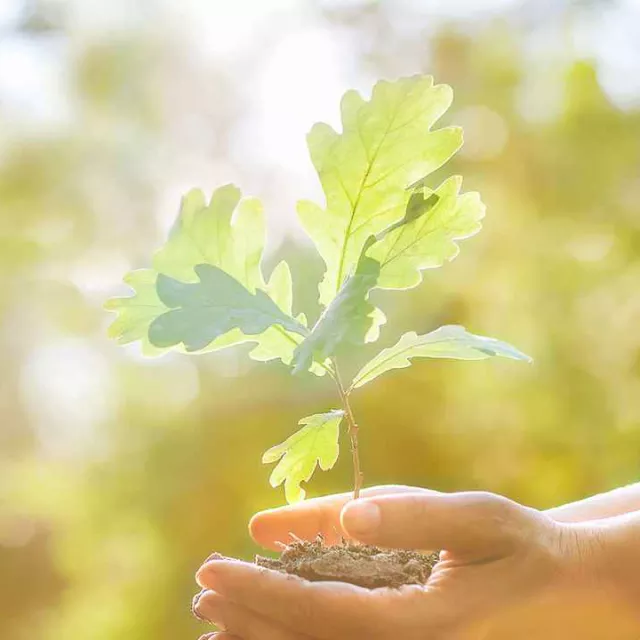Tree Resources
Cleaner air, wildlife habitat, cooler temperatures, better moods, a happier planet — when it comes to sharing all their benefits, trees don't hold back. Discover everything trees can do and the value they hold for our planet.
Filter
Filter

Tree planting resources and tree guide
Want to identify a tree? Need to see what you can plant in your hardiness zone? Explore additional resources to answer your most pressing tree-related questions.

Video Resources
Understand the why, what, and how behind our work by watching stories, educational videos, and informational clips that demonstrate the importance and purpose of planting together.